Remote working has become part of our “new normal”. Employers and workers are reaping the benefits of a workforce that telecommutes, either full or part-time – better work/life balance, less stressed employees, and higher productivity, to name a few. And with high-quality, simple-to-use apps and software for video conferencing, a remote workforce can stay connected and collaborative.
If you are starting remote work, the first thing to do is set up your home office. There are no hard and fast rules for home offices – a quiet kitchen table might provide all you need – but to succeed you’ll need to maximize productivity, no matter what kind of industry you work in. Here are some tips for setting up your home office.
Space and Layout

Creating an optimized remote work environment involves designing a dedicated workstation that separates business and personal life. This helps maintain focus and establish clear boundaries. Investing in ergonomic furnishings, such as a comfortable chair and an adjustable desk, promotes good posture and reduces strain on the body. Adequate lighting is crucial to prevent eye tiredness and create a pleasant work atmosphere.
Windows that let in sunlight are advantageous since natural light is preferable. If there isn’t enough natural light, carefully positioned artificial lighting can simulate natural light and give enough brightness. People can create a relaxing and effective remote work environment that supports their well-being and work-life balance by giving priority to these workspace design elements.
Comfortable Chair
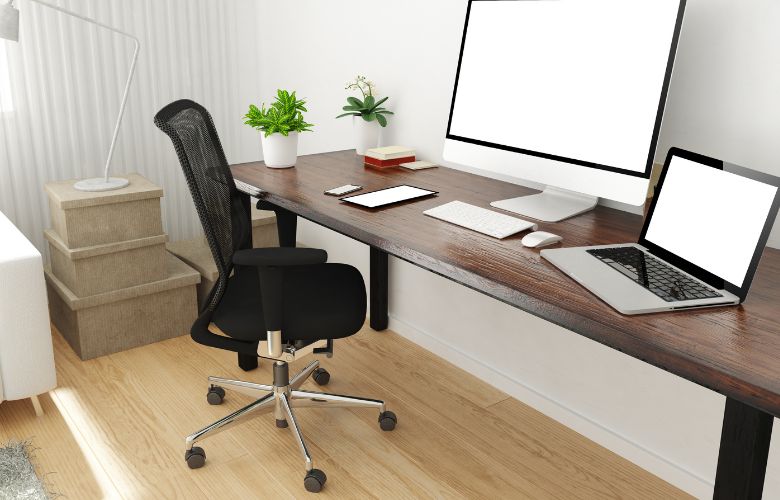
Prioritize choosing an appropriate chair when working remotely to increase comfort. In order to get the best lumbar support, look for an ergonomic chair with adjustable features. By doing so, you may adapt the chair to the needs of your body and keep a good sitting position. Choose a cushioned chair that meets your preferences because comfort should be a top priority. Make sure the chair can be adjusted for the backrest angle, armrest height.
and seat height. You can discover your body’s ideal position thanks to your flexibility, which also lessens stress on your neck, shoulders, and back. To avoid stiffness and encourage better blood circulation, keep in mind to move about occasionally while working and to take regular breaks from sitting. You may create a more comfortable remote work environment that supports your well-being and productivity by investing in a comfortable and ergonomic chair and including regular movement. Put your comfort first and make the necessary changes to make your workspace healthier and more pleasurable.
Quality Monitors
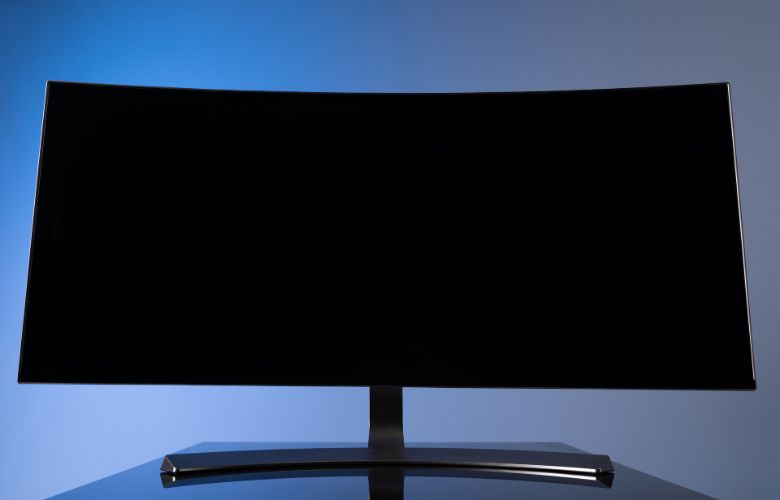
A comfortable remote working environment depends on your monitor being set up correctly. To begin, pick a monitor with the appropriate size and resolution for your needs. To boost efficiency if multitasking is necessary, think about employing twin displays. To keep your neck from getting sore, place your monitor at eye level. Placing your monitor away from direct light sources will help you reduce glare. You should also adjust the brightness and contrast levels for comfortable viewing.
Eye strain can be avoided by taking regular rests and applying the 20-20-20 rule, which calls for 20 seconds of gazing at a distant object every 20 minutes. For improved positioning, think about utilizing ergonomic equipment like monitor stands or adjustable arms. Enable blue light filters as well to lessen eye tiredness brought on by extended screen time. You may increase your comfort and efficiency while working remotely by putting these recommendations into practice.
Laser Printers
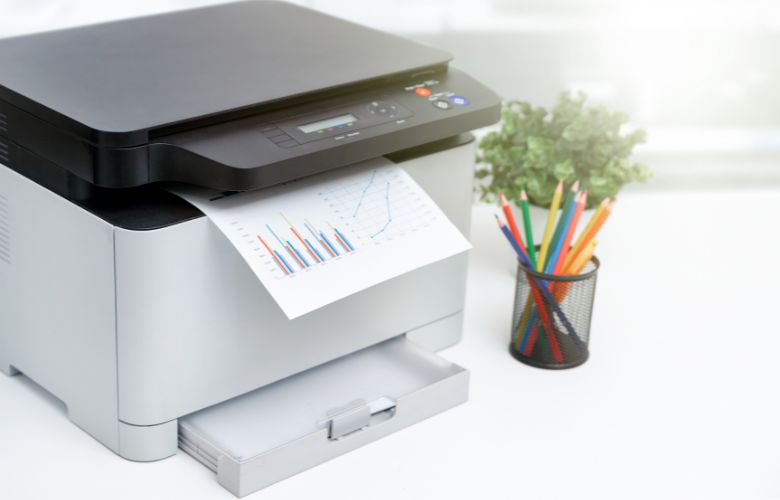
There are ranges of great home office printing solutions available which are compact without sacrificing quality. Laser printers have an abundance of benefits for remote work that improve the convenience and effectiveness of the process. First of all, they offer excellent print quality and quick printing rates, guaranteeing crisp, polished prints quickly. In addition, laser printers employ toner cartridges with better page yields than inkjet printers, which leads to lower long-term printing expenses. Other advantages of laser printers are their wireless connectivity and ability to print from mobile devices, which let you print from a variety of devices without the need for direct physical connections.
Automatic duplex printing conserves paper and lowers waste, helping to provide a sustainable work environment for remote workers. In addition to being dependable and durable, laser printers can handle high print volumes without frequently jamming or overheating. Last but not least, their whisper-quiet functioning contributes to a calm atmosphere when working remotely. Incorporating a laser printer into your remote work arrangement can offer high-quality printouts, cost-effectiveness, and enhanced productivity if you take into account elements like print speed, connectivity options, and maintenance expenses.
Durable Desk
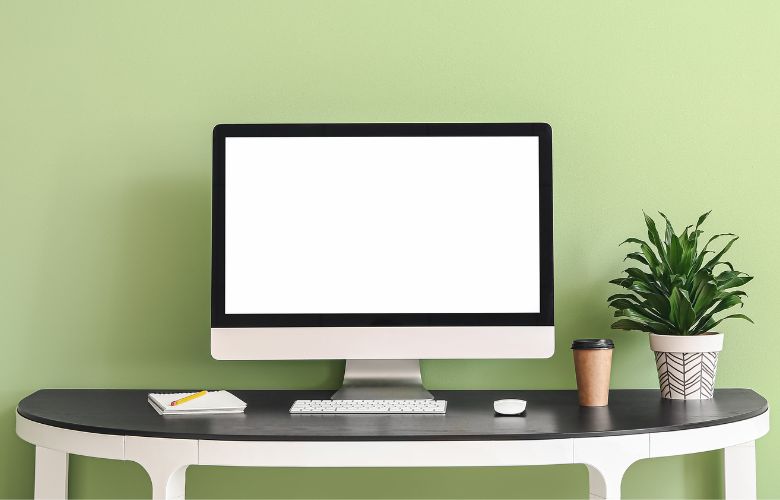
For a pleasant remote working environment, a suitable desk is essential. Focus and a healthy work-life balance are encouraged by having a dedicated workstation that helps draw a distinct line between work and home life. Furthermore, it enables ergonomic setup, ensuring proper posture and lowering the chance of physical discomfort. While personalization brings inspiration and encouragement, organizational elements like storage options aid in maintaining a tidy and effective workstation.
Integration of technology improves functionality and lessens distractions, for example by providing enough room for devices and cable management. Choosing a desk that is flexible and adaptable, such as one with adjustable height options, also encourages healthier blood flow and enables a variety of working postures. The productivity and general comfort of remote work can be greatly increased by choosing a desk that prioritizes comfort, functionality, and personal choice.
Video Conferencing

Video conferencing apps like Zoom or Google Meet are convenient and easy to set up on computers or mobile devices. They come with built-in cameras and microphones, making them accessible to all users. However, for a more professional set-up, investing in external equipment such as a microphone, webcam, or headset can significantly improve sound and picture quality. Using an external microphone ensures clear audio from the start of meetings or interviews, reducing potential sound issues and improving communication.
Similar to this, an external webcam provides superior video quality with crisper visuals and more fluid movements, improving the overall viewing experience. Choosing a headset with an integrated microphone can improve audio quality even more by reducing background noise and boosting focus. By switching to professional-grade equipment, you may avoid the need for troubleshooting before each call, resulting in more efficient and effective video conferencing. The enhanced sound and visual quality not only increase productivity but also give clients, coworkers, or interviewers a professional first impression, increasing your whole virtual presence.
Lighting

For a comfortable remote working environment, proper lighting is crucial. It can improve mood, lessen eye strain, and increase productivity to incorporate natural light by placing your desk close to a window. Your work area is illuminated specifically by task lighting, such as a desk lamp, which helps reduce eye fatigue. Utilise anti-glare techniques and position your display parallel to the windows to reduce glare. Using a combination of ambient, task, and accent lighting, aim to achieve balanced illumination throughout your workstation.
Based on your preferences and the demands of your work, think about the colour temperature of your lighting and choose colder or warmer tones. To create a unique and comfortable workspace, use adjustable lighting fixtures that let you adjust brightness levels in accordance with various jobs and surrounding lighting circumstances. You can make the best environment for remote work, well-being, and productivity by putting these lighting suggestions into practice.
Prioritize Self Care

To stay comfortable and in good health while working remotely, self-care must be prioritized. It entails adopting measures to promote your physical, emotional, and mental wellness. You may lessen stress, avoid burnout, and improve your entire work experience by implementing self-care practices.
Setting boundaries between work and personal time, having reasonable expectations, and being compassionate towards oneself are all aspects of self-care. Participating in relaxing and stress-relieving activities, such as meditation and deep breathing techniques, is also part of it. Physical well-being depends on making time for breaks to move and exercise and prioritizing sound sleep. Additionally, developing social ties through online exchanges might help reduce feelings of loneliness and improve comfort.
Internet Connection
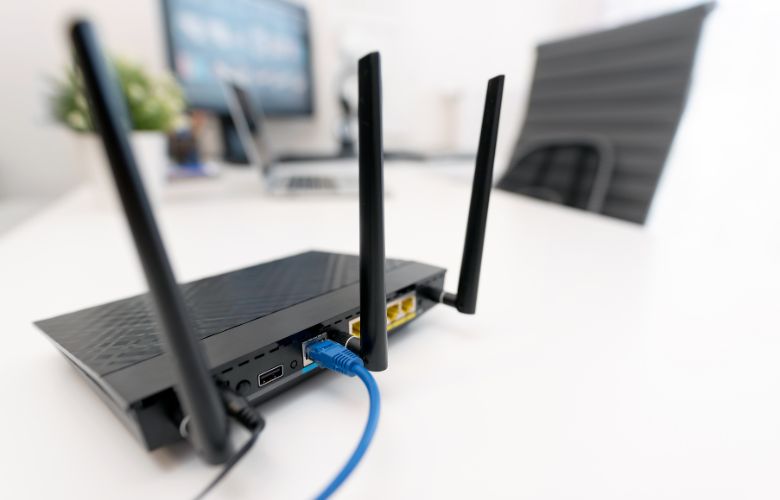
For a comfortable remote work experience, an accurate fast internet connection is essential. With fewer interruptions and increased efficiency, it provides smooth communication during online meetings and teamwork. Remote employees can access and send files quickly and effectively with a stable connection, cutting down on the delays and frustrations brought on by sluggish internet speeds.
Additionally, it facilitates simple access to online resources that promote a fluid workflow, such as papers and cloud-based tools. Additionally, a fast connection to the internet guarantees a top-notch multimedia experience that enables remote workers to participate in webinars, training sessions, and presentations without buffering or connectivity problems. In conclusion, dependable internet access is necessary for remote workers to maintain effective communication, access information, and perform productive work in a remote work setting.
Stay Hydrated & Nourished

Hydration is important for maintaining optimum energy levels and fighting weariness. Making sure you have enough water throughout the day will help you stay focused and productive while working remotely. Similarly to this, providing your body with balanced meals and snacks ensures that it receives the necessary nutrients to maintain overall health, mood stability, and focus. You can increase productivity and keep your mind sharp by eating well and staying hydrated.
Your performance will be at its optimum because drinking enough water minimizes dehydration’s side effects, such as headaches and mental fog. It also encourages a healthier work-life balance and minimizes burnout to take breaks to hydrate and feed oneself. When working remotely, it’s important to prioritize your nutrition and hydration in order to function at your best. In order to maintain your body and mind throughout the day, drink enough water, eat wholesome meals, and take regular rests.
Practice Self-Discipline & Time Management

Developing discipline and time management skills is crucial for a satisfying remote work experience. Self-discipline helps establish structure through routine creation and delineation of personal and professional life. You may retain productivity and prevent a work-life imbalance by sticking to a schedule and establishing distinct work hours. Setting priorities, establishing goals, and allotting specific time for various activities are all made possible by effective time management. This increases output and guarantees that deadlines are reached without difficulty, lowering stress and boosting job satisfaction.
Setting clear time slots for breaks or non-work tasks also helps to minimize distractions, such as social media or housework. You may make a more welcoming and satisfying atmosphere for remote workers by exercising self-control and good time management. The structure is established, productivity is increased, work-life balance is encouraged, and distractions are reduced through these procedures. In the end, they support productive and satisfying remote work.
Conclusion
A dedicated workstation, ergonomic furniture purchases, good lighting, and the use of high-end technology for virtual meetings are all necessary to make remote work more comfortable. To achieve a healthy work-life balance, one must set limits and engage in effective time management. Indulging in regular physical activity and prioritizing self-care increases energy and attention. Applying these suggestions can help you get the most out of your remote work environment in terms of productivity, happiness, and satisfaction.
You should adapt these suggestions to your own situation because everyone’s demands and preferences can differ. Try out many approaches to determine which one suits you the most, then make necessary tweaks. In order to succeed both personally and professionally, embrace the flexibility of remote work while establishing a cosy and encouraging environment. wishing you all a fun and successful experience working remotely!


